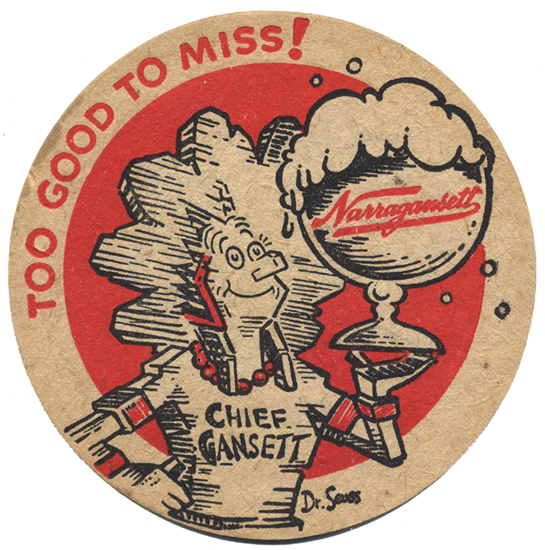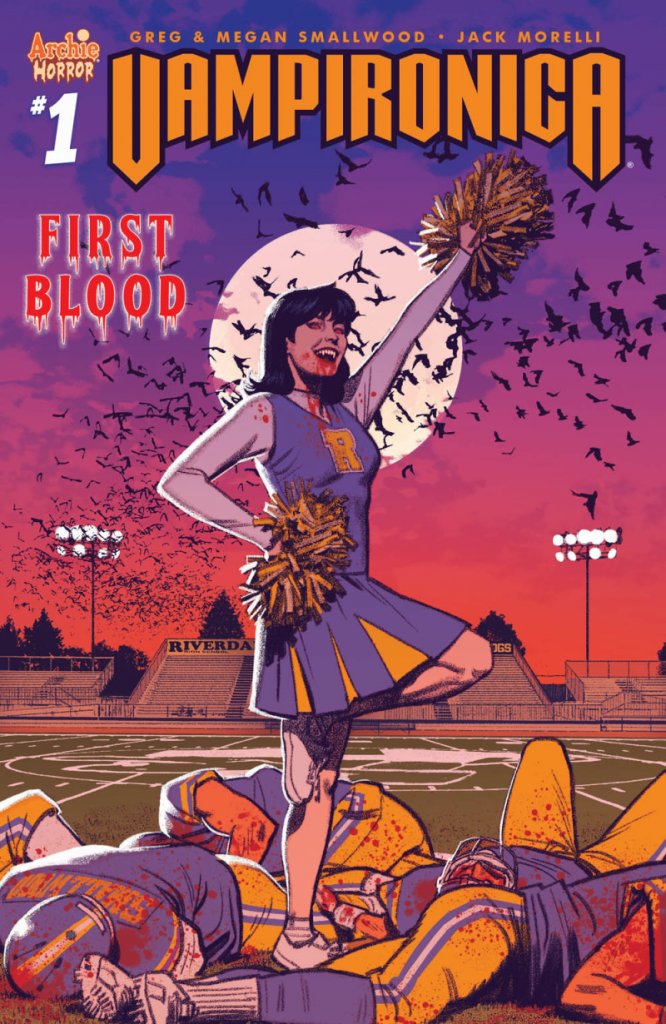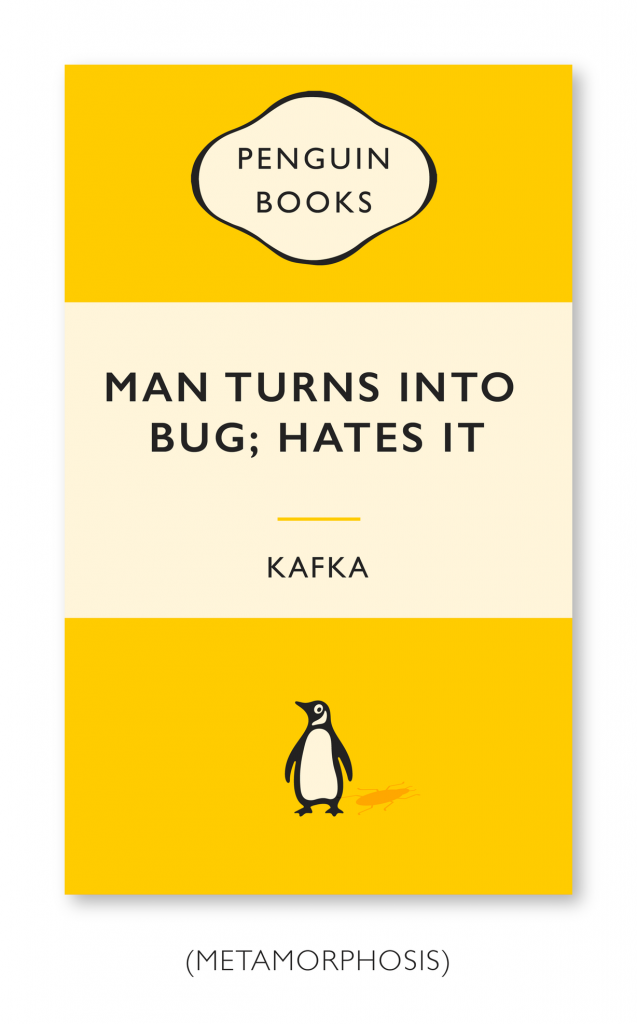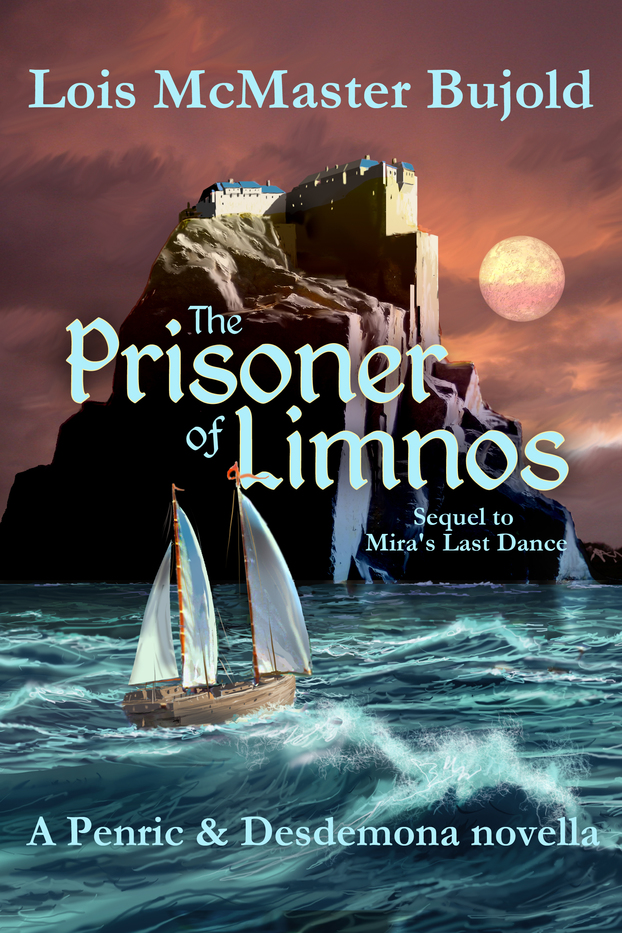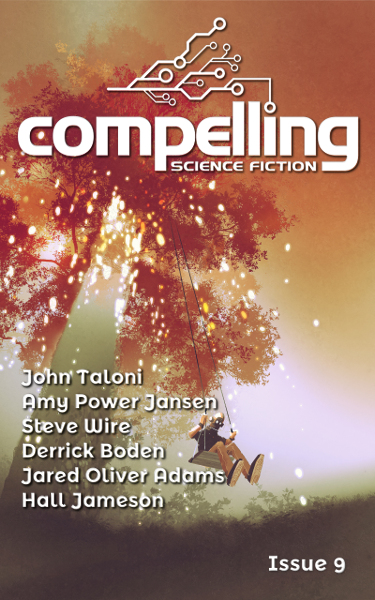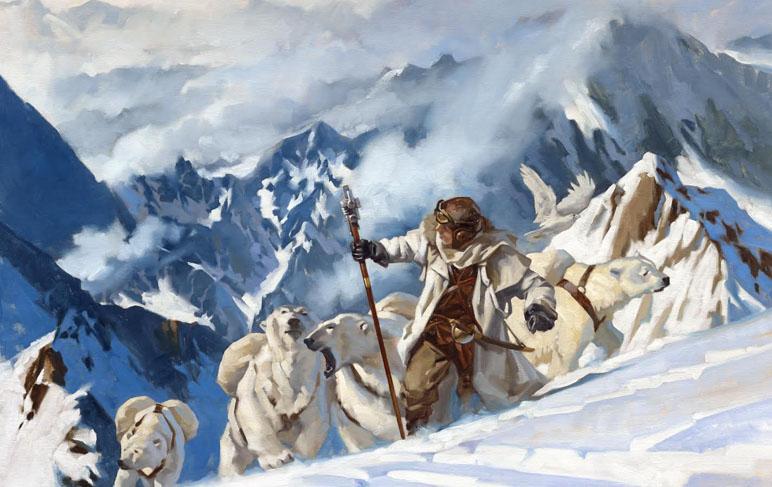(1) ADDING AN OSCAR. Animation World Network asks, “Do Digital Characters Deserve Academy Awards?”
Producing photorealistic digital humans, animals and other types of creatures has been a one of the holy grails for computer scientists and digital artists since the nascent days of the CGI technology revolution. More recently, in the last 10-15 years, many filmmakers have made significant strides toward achieving the goal — some more convincingly than others — of bringing believable photoreal human and lifelike digital characters to the screen.
From the first full-length photorealistic animated film, Hironobu Sakaguchi’s Final Fantasy: The Spirits Within (2001) to Peter Jackson’s ground-breaking Lord of the Rings trilogy (2001-2003), Robert Zemeckis’ innovative but not hugely popular Polar Express (2004) and Beowulf (2007), David Fincher’s mesmerizing The Curious Case of Benjamin Button (2008), various wildly popular Marvel movies starting with Iron Man (2008), and of course, seminal films like James Cameron’s Avatar (2009) and Rupert Wyatt’s Rise of the Planet of the Apes (2011), filmmakers have continually raised the bar, and stakes, with a series of increasingly complex digital characters that don’t just wow audiences with their stunning visuals, but capture people’s hearts with their believably emotional performances. The growing list of such digital performances is a testament to the unending audience appetite for visually engaging storytelling produced by a new generation of talented filmmakers more and more adept at embracing and making use of sophisticated production technology.
… According to Edlund, when you consider digital characters such as Caesar, you must also consider the team responsible for animating the performance. “Well, [the Academy is] studying this whole issue,” he says. “I know Andy Serkis thinks that he was the first one to use motion-capture and all that, and he’s a talented guy. But the thing is, Andy Serkis’s performances are also tweaked by animators, and so rather than giving Andy Serkis the entire award…if he were to be nominated and voted in, you’d have to split the award with the animators. So, it’s a very difficult thing. There’s always a serendipity about performance. There are things not on the page of the script that happen within the performance of the actor. When you animate, everything is intellectual, everything is being created. So, this is the valley that animators have to cross.”
(2) ALL FAME IS FLEETING. It’s time again for Young People Read Old SFF. James Davis Nicoll has turned them loose on Hall of Fame short story “It’s A Good Life” by Jerome Bixby.
Jerome Bixby was one of those reliable, unremarkable mid-listers the field used to support in decades past. In general, his work was a decent way to pass a half hour but not often memorable. “It’s a Good Life” is the exception, selected for the Hall of Fame, adapted to TV and the silver screen and referenced in a number of other works. Of course, the story’s heyday was in the distance past, in a now half-forgotten era of slide-rules and black & white television. How will it read to my Young Readers?
(3) #WHOAGAINSTGUNS. Doctor Who fandom is becoming a nexus of support in efforts against gun violence. A podcast, with some Who celebrities as participants, will be used as a fundraiser reports Comics Beat — “Doctor Who writers, artists, fans launch podcast to benefit gun violence prevention”
This groundswell of action also includes fan communities. One such organization is .Gallifrey Stands, a coalition who announced their Who Against Guns campaign on Monday. According to organizers, the campaign is “an initiative to encourage Doctor Who fans to take action against gun violence.”
To that end, the group has organized a massive charity podcasting effort: 40 Doctor Who fans, which include professional Doctor Who writers and artists, will record an exclusive commentary to the 1969 Classic Who story “The War Games.” The 11-episode podcast will only be released to listeners who make a donation of $10 or more to an organization committed to ending gun violence. Supporters then forward their receipt to the group, and the commentary will be made available for download on March 12th.
Who Against Guns suggests that fans direct donations towards several groups working to prevent gun violence: the aforementioned March For Our Lives, the Brady Campaign to Prevent Gun Violence and Moms Demand Action. In recognition of Doctor Who’s international fan base, organizers have said they will honor donations made to charities that work to prevent gun violence outside of the US, and have provided a few suggestions on their website.
One of Who’s biggest names is involved — “Steven Moffat joins Who Against Guns”.
Doctor Who showrunner and writer Steven Moffat is joining the effort to raise money for gun violence prevention charities–but only if fans donate a total of $7000 by March 12. If they do, Moffat will provide a special commentary on episode 10 of “The War Games.”
…He joins a growing roster of professional Doctor Who scribes that have signed on to Who Against Guns, lending their thoughts to a commentary which includes Paul Cornell (“Human Nature”, “Family of Blood”) Jamie Mathieson (“Oxygen”, “Flatline”), Andrew Smith (“Full Circle”), and Peter Harness (“The Zygon Invasion”, “Kill The Moon”).
Comic professionals have also lent their efforts to the campaign. Titan Comic artists Rachael Stott (Doctor Who: The Thirteenth Doctor), and Simon Fraser (Doctor Who: The Eleventh Doctor) are among those commentating, as are a number of Doctor Who podcasters.
(4) ARCHIVE RESCUED. Comichron’s John Jackson Miller reports “History saved: Comics Buyer’s Guide bound and file copies, distributor publication library preserved”. Miller and Maggie Thompson have saved the Krause era (1983-2013) of Comics Buyer’s Guide from destruction.
Krause Publications, which for years published both Comics Buyer’s Guide and Comics Retailer, is closing its Iola, Wis., office in March, moving the remaining personnel to a larger city. But as my fellow former employee Maggie Thompson learned last week, the file copies of most of the magazines were to be discarded, as well as a significant portion of the library materials.
For Comics Buyer’s Guide — read my history of the magazine here — this took in a huge number of issues. More than 5,000 copies, between two and ten each of every issue from #482 in 1983 to #1699 in 2013. This amounted to 105 cases weighing more than two tons — all destined for destruction.
The company donated the materials to Maggie and me to place, but the caveat was that we only had 72 hours to find homes for them all — and while Maggie sent the CBG bound copies to Columbia University, the file copies were still a very large problem.
(5) WATCH THE WATCH. The Verge says Pratchett’s famous series is coming to television: “BBC Studios is adapting Terry Pratchett’s iconic Discworld books for a six-part TV series”.
Discworld is a massive series written by Pratchett — who died in 2015 — which spans 41 books, dozens of characters, and a variety of smaller, thematic sub-series within the larger work. This show will reportedly be a six-episode series, with a current working title The Watch. That implies that it’ll be based off one of the most popular subsets of the overall series, featuring the Ankh-Morpork City Watch, which grows from a ramshackle group of a couple officers trying to get by to a full-fledged city police force over the course of the series.
(6) TODAY’S BIRTHDAY BREWER
- Born March 2, 1904 — Theodor Seuss Geisel
Narragansett Beer has reason to celebrate.
Today we celebrate the birthday of Dr. Seuss with a little bit of history you might not have known… So pull up a chair and prepare for the story of how Dr. Seuss made his way into our wonderfully weird world of beer.
Who Knew? Dr. Seuss Could Brew?
Whether it’s the childhood memories of his books or you’re watching the new films today, Dr. Seuss’s tales are “too good to miss.” Theodor Seuss Geisel was born on March 2, 1904 in Springfield, MA. Remember those famous illustrations he made for Narragansett Beer back in the day? The most famous being the tray shown above. Antique collectors date these works around the 1940?s. He did other illustrations that appeared in print ads and coasters like this one.
One of the most interesting facts was that both his father, Theodor Robert Geisel, and grandfather Geisel were brewers. In fact, his German immigrant grandfather owned the Kalmbach and Geisel Brewery, or “Come Back and Guzzle” as the locals called it, in Springfield. In 1894 it was renamed the Highland Brewery and five years later it became part of the Springfield Breweries.
(7) LE GUIN OVERVIEW. John Crowley, in “The Whole Household of Man”, reviews the Library of America edition of Ursula K. Le Guin’s The Hainish Novels and Stories for Harper’s Magazine.
In the science fiction of Ursula K. Le Guin, who died last month at the age of eighty-eight, planets circle suns other than ours, yet have landscapes and skies and seas not so unlike ours and natives who are mostly not very different from us. A single, tremendous idea made her imagined realms effectively strange, even while binding them all together as realms of the human. This is what she conceived: Some hundreds of thousands of terrestrial years ago, an advanced society on an Earth-like planet called Hain discovered the principle of near-light-speed travel, and with this advance they began to explore their galaxy. They sought planets where, whatever the differences from their home, beings like themselves could live and thrive, and there they planted colonies. Over the course of cosmic time, nine planets (among them our Earth, called Terra) were populated by Hainish people. Some of the populations are different in body and all different to some degree in culture; they come to have histories reaching back to time out of mind, and ways of doing and understanding things that are also ancient—but they are our own relations, brought and adapted to their worlds by our common ancestor. For every way we differ there is a way in which we are alike.
Le Guin’s parents were both famed ethnographers—her father, Alfred Kroeber, documented the life of Ishi, called “the last wild Indian in California”; her mother, Theodora, wrote Ishi in Two Worlds, a popular telling of his story. Le Guin became in her fiction not one ethnographer or historian but many. She deploys a force of investigators throughout the Hainish-populated parts of the galaxy to rediscover colonies founded millennia before, who observe and collect and draw conclusions that sometimes turn out to be inconsistent with one another—just as human ethnography and ethnographers do.
(8) NATIONAL BIRD. NPR’s All Things Considered says “If You Want To Find The Millennium Falcon, Just Head To The National Cathedral”.
For the last six months, a red-tailed hawk has made its home in the ramparts of the Washington National Cathedral. And now, it officially has a name: Millennium Falcon.
(9) MONSTROUS GOOD STORY. Edmonton Hugo’s Book Club argues that Emil Ferris’ recent graphic novel My Favourite Thing Is Monsters should be strongly considered for nomination for this year’s Best Graphic Story Hugo. They compare the art to that of luminaries like Robert Crumb and Maurice Sendak, and suggest that this artwork elevates is above other contenders for comic book awards this year: “Best Graphic Story 2017 – My Favourite Thing Is Monsters”.
My Favorite Thing Is Monsters is the first graphic novel from Chicago-born illustrator and toy designer Emil Ferris. It may be the most significant and worthwhile graphic presentation to be published in the past decade.
Told in the form of a diary written by a 10-year-old girl in late-‘60s Chicago, My Favorite Thing Is Monsters is a love-letter to classic horror movies, to science fiction fandom, and to Forrest J. Ackerman’s Famous Monsters Of Filmland.
Ferris weaves a variety of narratives through the work, as the young protagonist Karen Reyes investigates the murder of her mysterious neighbor Anka Silverberg. Reyes’ isolation and alienation are expressed through her transformation (possibly only in her imagination) into a werewolf-style monster.
(10) SAFETY FIRST. Superseding flat-packs? “AutoSaw: Robot carpenter makes custom furniture”.
Robotics have long been used to manufacture mass-produced, flat-pack furniture but MIT’s work could pave the way for robots to create custom furniture for specific purposes and spaces.
The robots will cut the wood correctly, adding the holes needed to assemble it, and carry the component parts around the room.
Compared to existing machines used by carpenters, AutoSaw is considerably cheaper and more mobile. As well as Roomba, the project uses two robots from German firm Kuka – though the particular model utilised by MIT’s team has since been discontinued.
(11) MORE THAN A LITTLE. There was so much penguin poo it was visible from space, says the BBC. Oh, and so were the birds: “Penguin super-colony spotted from space”.
Scientists have stumbled across a huge group of previously unknown Adélie penguins on the most northerly point of the Antarctic Peninsula.
Numbering more than 1.5 million birds, they were first noticed when great patches of their poo, or guano, showed up in pictures taken from space.
The animals are crammed on to a rocky archipelago called the Danger Islands.
(12) JUNK AVOIDANCE. Inspired by Gravity: “The teenage scientist tracking a sea of space junk”. [Video.]
When Amber Yang watched the film Gravity – which features a cataclysmic collision which destroys the International Space Station – it gave her an idea.
She knew that hundreds and thousands of miles above Earth, pieces of wreckage were whizzing around our planet – some of them big enough to cause billions of dollars worth of damage to precious satellites and spacecraft.
So Yang, bored by her schoolwork, decided to try and find a way of tracking it, and ensuring cosmic debris doesn’t become a danger to the next generation of humans venturing into space.
(13) BEST OF BRITISH SF. Here is the table of contents for “Best of British Science Fiction 2017” edited by Donna Scott. Twenty-two stories, from established names and rising stars.
Introduction – Donna Scott
Blinders – Tyler Keevil
In the Night of the Comet (2017) – Adam Roberts
The Walls of Tithonium Chasma – Tim Major
3.8 Missions – Katie Gray
Over You – Jaine Fenn
The Ghosts of Europa Will Keep You Trapped in a Prison You Make for Yourself – Matt Dovey
Uniquo – Aliya Whiteley
Looking for Laika – Laura Mauro
A Good Citizen – Anne Charnock
Mercury Teardrops – Jeff Noon
The Nightingales in Plàtres – Natalia Theodoridou
The Road to the Sea – Lavie Tidhar
When I Close My Eyes – Chris Barnham
Targets – Eric Brown
London Calling – Philip A. Suggars
The Last Word – Ken MacLeod
After the Atrocity – Ian Creasey
Voicemail – Karen McCreedy
Green Boughs Will Cover Thee – Sarah Byrne
Airless – N.J. Ramsden
Product Recall – Robert Bagnall
The Endling Market – E. J. Swift
About the Authors
(14) SPACE MUSIC. Broken Bells’s “The Ghost Inside” is a music video that has spaceships and other sf imagery in it.
[Thanks to John King Tarpinian, Chip Hitchcock, JJ, Tim Walters, Mark Hepworth, James Davis Nicoll, Martin Morse Wooster, Cat Eldridge, Andrew Porter, and Carl Slaughter for some of these stories. Title credit belongs to File 770 contributing editor of the day Daniel Dern.]

